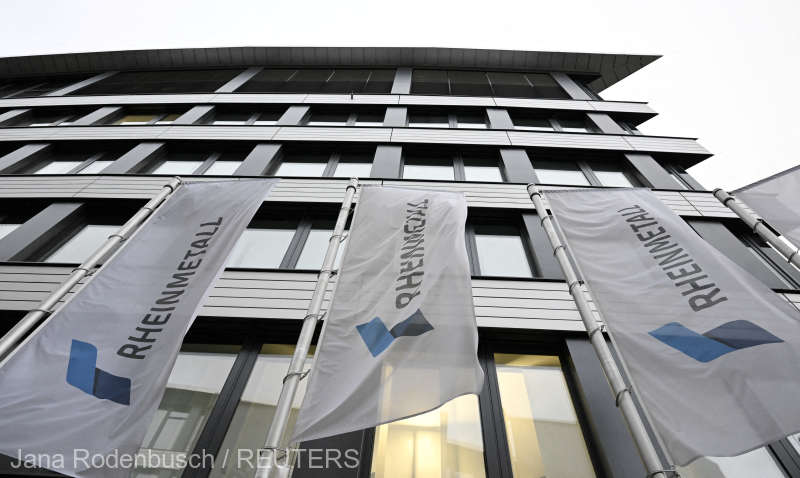The Vega Ploiesti Refinery is marking on Tuesday 120 years of existence and uninterrupted activity, being the longest-living unit in the country and a symbol of the Romanian industry, according to a press release from Rompetrol Rafinare issued to AGERPRES.
Currently, it no longer processes crude oil, in the last 20 years becoming a niche producer to support the national economy, namely the only producer of hexane, solvents, bitumen or heating fuel.
According to the cited source, Vega represents an example of resilience, in an industrial sector that, in the interwar period, had 46 refineries, and at the beginning of 1990, 10 refineries with a total capacity of 32 million tons. In the last 35 years alone, 60% of the refineries in Romania have been closed, and at the European level, the refining industry has experienced a major decline, with about 30 refineries closed between 1995 and 2025.
The recovery came with the takeover of the refinery by Rompetrol, carried out in 1999, which in 2004 decided to completely abandon crude oil processing and switch to a mix of semi-finished products supplied by Petromidia, which also entered the Rompetrol portfolio.
Since 2007, with the transfer of Rompetrol under the KMG International Group, Vega has been modernized and has constantly increased production yields, reaching the maximum of the modern period of its existence in 2018, when it processed 406,000 tons of raw materials coming from Navodari.
Vega is today the only bitumen producer in the country, providing about 20% of Romania's domestic needs, the entire production being directed to the domestic market. The refinery can also produce polymer-modified bitumen, which is distinguished by its high resistance to wear and temperature variations, increased elasticity that can double the lifespan.
The Vega refinery is operated by Rompetrol Rafinare, the company that also manages Petromidia Navodari, the largest refinery in Romania.
The significant shareholders of Rompetrol Rafinare are KMG International (54.63% - directly and indirectly) and the Romanian State, through the Ministry of Energy (44.7%).
































Comentează